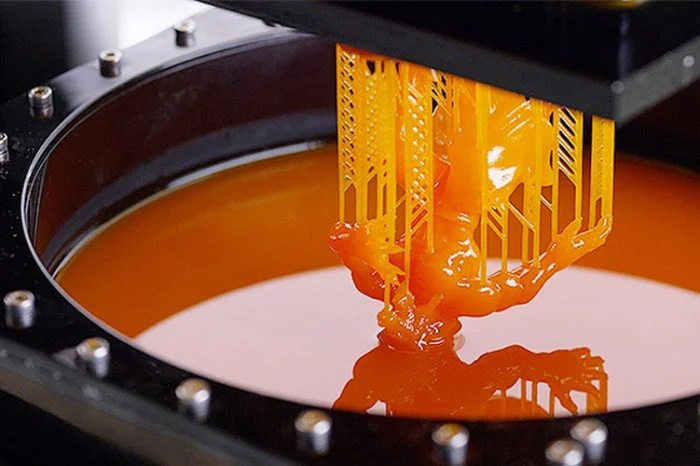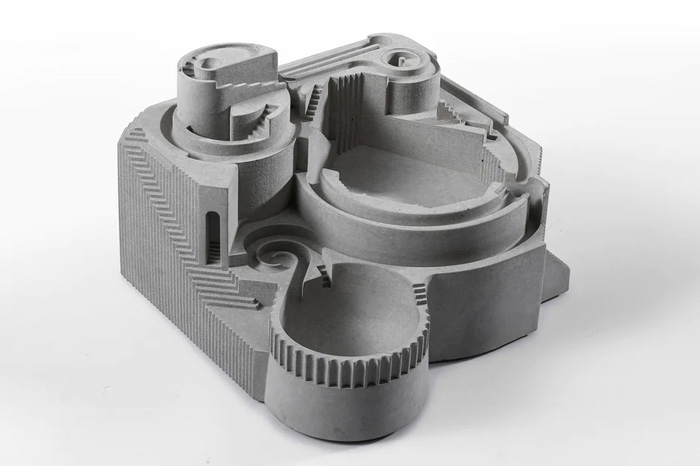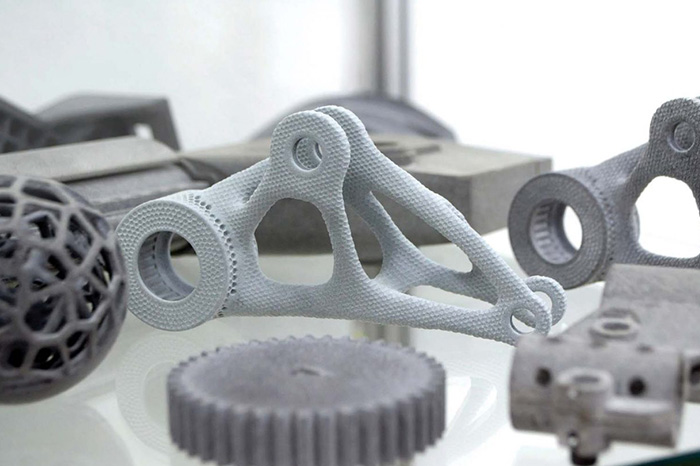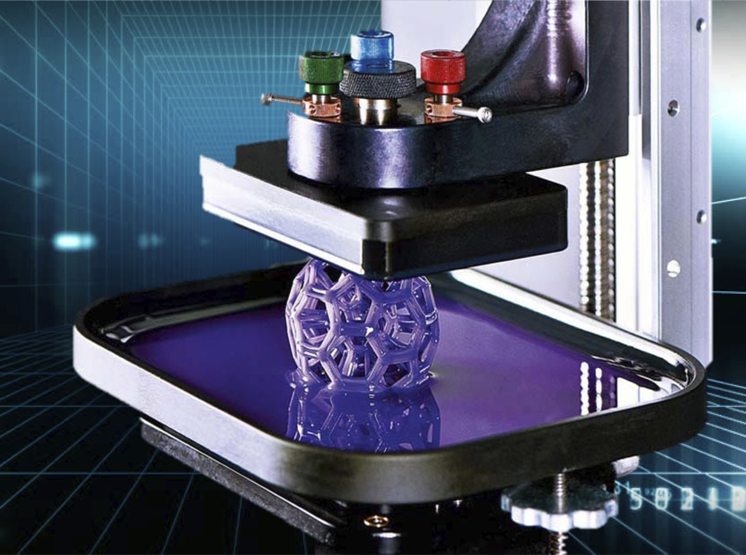Additive Manufacturing
Oprotech 3D Printing Service Overview
With over 10 years of experience, Oprotech stands as one of the leading 3D printing companies in China. We specialize in providing comprehensive 3D printing services, encompassing integrated solutions for various 3D printing devices. Our services cover a wide spectrum, including 3D scanning, reverse engineering, freeform modeling, 3D printing, 3D inspection, and rapid tooling solutions.
In addition, we offer solutions for medical digitization and personalized services. Oprotech is committed to synergizing and integrating the technical expertise, market advantages, and professional knowledge and leadership across various products in the 3D industry. This allows us to deliver exceptional products and services to our clients.
Additive manufacturing (AM), also known as 3D printing, is a manufacturing process that builds objects layer by layer using digital 3D models. In traditional manufacturing, material is often subtracted or molded to create an object, but in additive manufacturing, the object is constructed layer by layer, adding material where it is needed.
This method offers several key advantages:
Layered Construction
AM processes build objects layer by layer, allowing for the creation of complex and intricate geometries that might be challenging or impossible with traditional manufacturing methods.
Digital Design
Objects are created based on digital 3D models, enabling the production of highly customized and complex designs. Digital design files can be easily modified, shared, and reproduced.
Material Efficiency
Additive manufacturing is often more material-efficient than traditional manufacturing processes since material is added only where needed. This can reduce waste and make the process more sustainable.
Rapid Prototyping
Additive manufacturing is widely used for rapid prototyping, allowing designers and engineers to quickly iterate and test designs before moving to large-scale production.
Customization
Additive manufacturing enables the production of highly customized and personalized products, as each layer can be precisely controlled based on the digital model.
Complex Structures
AM processes can create structures and geometries that would be difficult or impossible to achieve with traditional manufacturing methods. This is particularly valuable in industries such as aerospace and healthcare.

Vacuum casting
In the realm of rapid prototyping, vacuum casting stands as a pivotal technology, specializing in the production of intricate hand models and small-batch replicated products. It is extensively employed for previewing injection-molded products, offering manufacturers a distinct edge in the industry.
The core advantage of vacuum casting lies in its ability to cast under vacuum conditions. This eliminates the oxidation and segregation of alloy components, ensuring the stability of the castings' physical and chemical properties, thereby significantly enhancing their quality. Additionally, vacuum casting allows designers to flexibly choose materials, colors, and strengths to meet various manufacturing requirements.
Regarding material selection, vacuum casting commonly utilizes plastics such as PP,PA, ABS, Nylon, transparent or translucent. These materials possess excellent molding performance and processability, making them ideal for fabricating various hand models. Through vacuum casting technology, designers can effortlessly achieve intricate shapes and delicate textures, rapidly validating the feasibility of product designs.
Beyond hand model manufacturing, vacuum casting is extensively applied in the rapid prototyping of electronic consumer goods, sports equipment, toys, and other products. These products often require the swift and accurate production of high-quality prototypes for functional testing, aesthetic evaluation, and market promotion. Vacuum casting technology fulfills these tasks efficiently, shortening product time-to-market and enhancing market competitiveness.
SLA (Stereolithography)
Process: A liquid photopolymer resin is used as the 3D printing material. The resin is cured layer by layer using an ultraviolet (UV) laser or light source.
How It Works: The UV light selectively solidifies the liquid resin at specific points, layer by layer, until the entire object is formed.
Application: SLA is often used for detailed, high-precision models, prototypes, and intricate parts with smooth surface finishes.


SLM (Selective Laser Melting)
Process: Metal powder is used as the 3D printing material. A high-powered laser selectively melts and fuses the metal powder layer by layer.
How It Works: The laser scans the metal powder bed, melting and solidifying the material to build up the 3D object.
Application: SLM is commonly employed for creating functional metal components with complex geometries, such as aerospace parts and medical implants.
SLS (Selective Laser Sintering)
Process: Powdered materials, typically plastic or nylon, are used. A laser selectively sinters (fuses) the powdered material to form each layer of the object.
How It Works: The laser heats the powder particles to just below their melting point, causing them to fuse together.
Application: SLS is used for creating functional prototypes and end-use parts. It's known for its ability to produce parts without the need for support structures.


MJF (Multi Jet Fusion)
Process: A powdered material, often nylon, is used. A fusing agent is jetted onto the powder bed, and an energy source (infrared lamps) fuses the material together.
How It Works: The fusing agent and an absorption agent are selectively applied to specific areas, allowing for precise control over the fusing process.
Application: MJF is known for its speed and precision, making it suitable for producing functional prototypes and end-use parts.
DLP (Digital Light Processing)
Process: Liquid photopolymer resin is used. A digital light projector cures an entire layer of resin simultaneously.
How It Works: The entire layer of the 3D model is exposed to light, solidifying the resin in the desired areas.
Application: DLP is used for fast 3D printing with relatively high resolution. It's suitable for a variety of applications, including jewelry and dental models.
